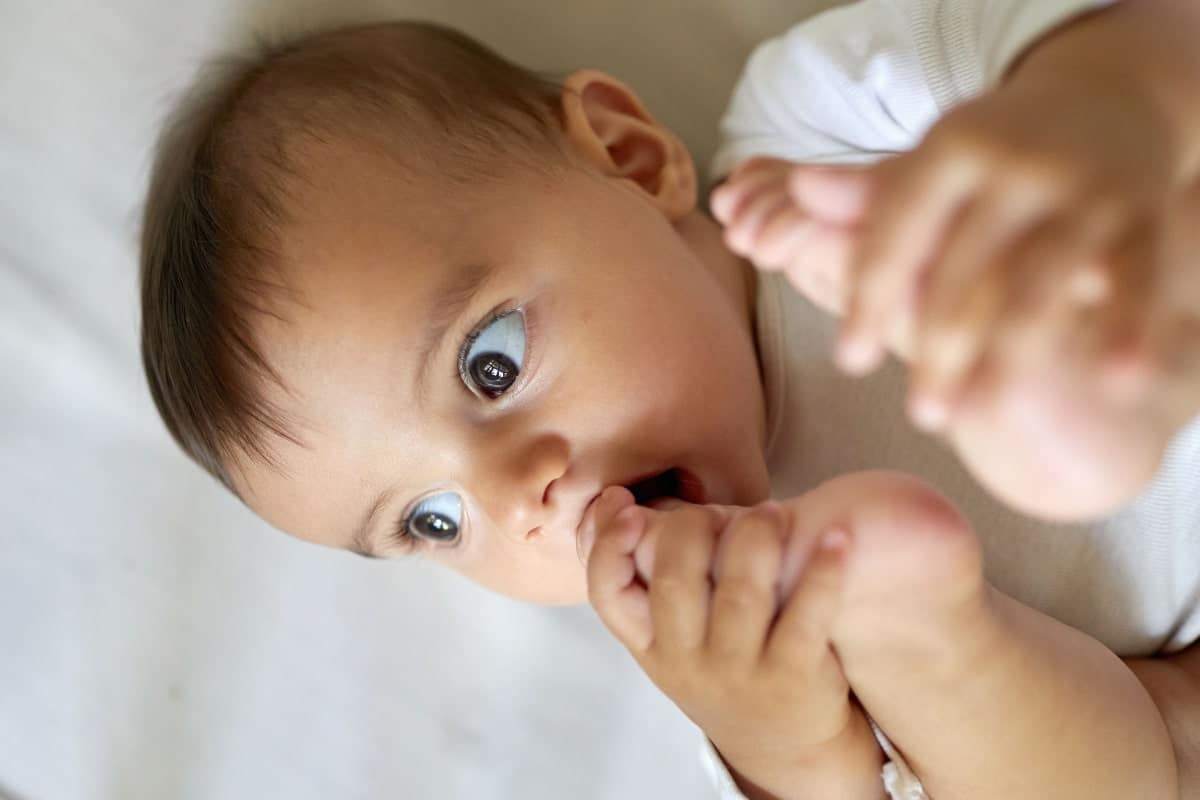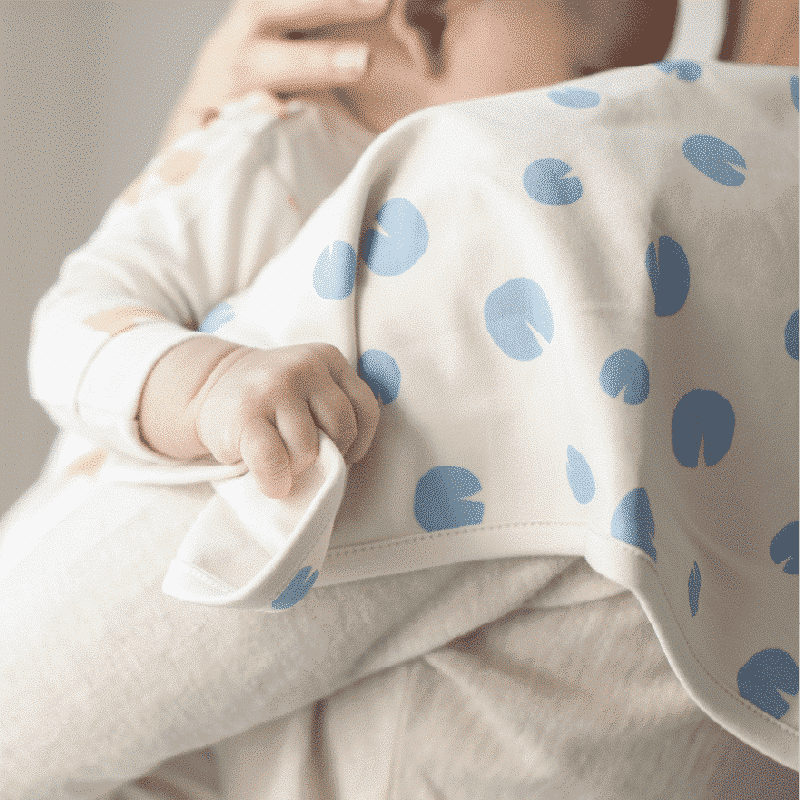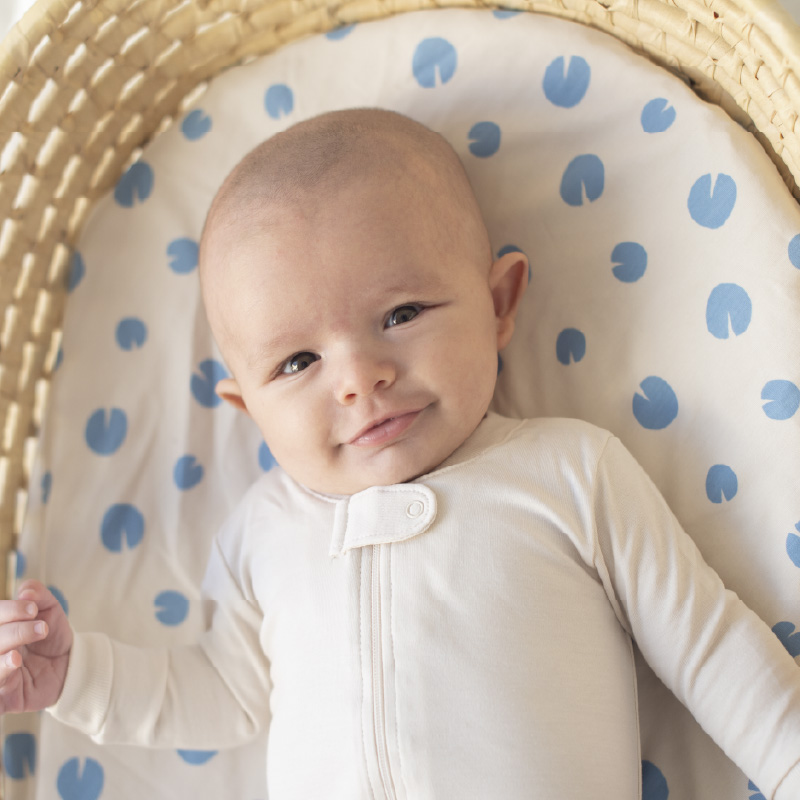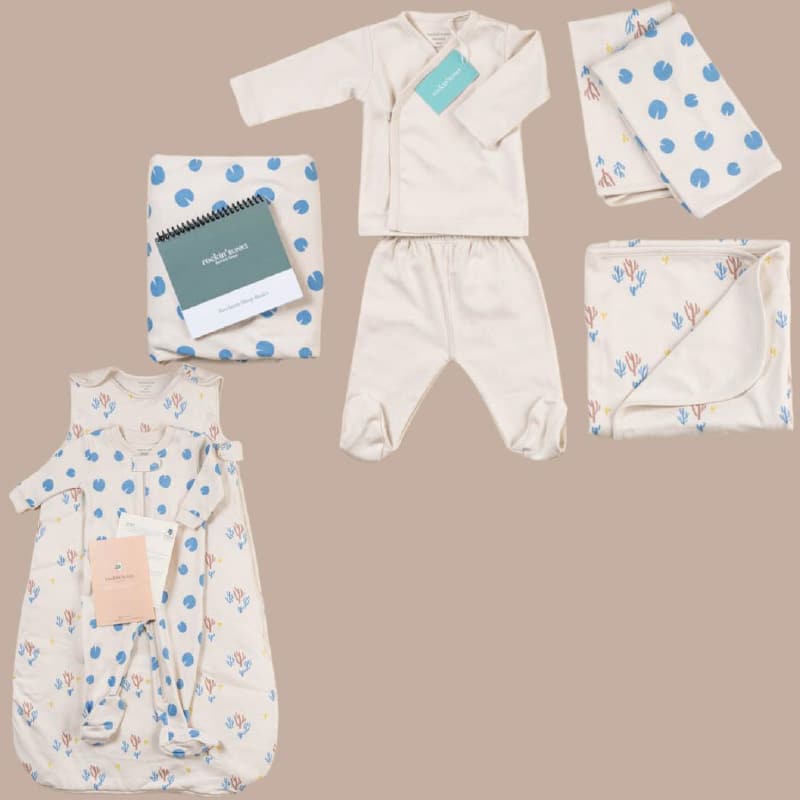Lola Sánchez Liste, Certified Pediatric Sleep Consultant and Founder of Rockin’ Blinks shares her advice on how to create a relaxing and effective bedtime routine for your baby. Read along for her suggestions.
The ritual before going to sleep is what signals to your baby that the time for rest is coming. The predictability of these actions help baby feel secure and aware of what is happening next. But, what is the best way to create this ritual?
During the first few months of life you want to be flexible with your baby’s bedtime routine. Your baby is getting used to this world, creating a bond with you and understanding her routines. As she grows and becomes more alert and interest in her environment, the predictability of a constant bedtime routine will help her let go the day and fall asleep when she is tired.
This bedtime routine is ideal for babies 4 months old and older.
Step by step tips for creating a baby sleep routine:
1.Feeding comes first, before the bedtime routine starts.
-
- The last feeding of the day is important. You want your baby to go to bed with a full tummy. But as your baby grows, you don’t want the last feeding of the day to be such a strong sleep association, that your baby will always need it to fall asleep.
- Therefore, feed your baby outside of the room she is sleeping.
- There should be connection and eye contact during the feeding. Talk to your baby and enjoy that moment being present.
- You can use this time to tell your baby what is happening next: “When you are done I will take you to your room and change your diaper. I will put down the shades. I will give you a cuddle and then out you in your crib so you can rest.”
2.Keep it simple to avoid baby stress
-
- We sometimes think a baby´s bedtime routine should be a long ceremony. But on the contrary, what you want to do is to make it short and simple to prevent the baby from becoming overtired and to avoid making it more exciting than it is relaxing.
- 15 minutes is more than enough to put baby to bed through a routine.
3.Use words as a cue for sleep time
-
- Follow your baby sleep signs and look at the clock, is it time to go to sleep?
- Once it’s time to go to bed, you can start by letting your baby know it’s time to rest. “It looks your body needs to rest now. It has been a long fun day. I will take you to your room. Are you ready?”. Always pause to check on your baby’s reaction. Trust she understands. Give her time to process your words.
4.Baby says goodnight to the family
-
- Walk with your baby to the room while she says good night.
- Teach your baby how you say good night. “Good night daddy” “Good night sister”. “I am going to bed”. Even say good night to objects in the house “Good night little plant”.
5.Set relaxing steps once you are in the room to put the baby to sleep.
-
- Darken the room. Pull down the shades or close the curtains (ideally black out, which blocks light completely).
- Change baby into pajamas and put on a clean diaper. You may choose to do a short massage if your baby enjoys it.
- Turn on white noise machine.
- Hold your baby and cuddle as you say goodnight.
- Put you baby in the crib awake. “I am going to put you in the crib now to allow your body to rest”.
Your baby might be calm during the routine or she might be fussy or crying. It’s ok. At the end of the day babies are tired and they cry when they are uncomfortable. Crying might be a way to tell you she is really needing to rest. Validate those feelings “I see you are uncomfortable” and trust that the best place to be when baby is tired is the crib. You can put baby down in the crib even if she is fussy, she can fall asleep and let the day go.
As your baby grows and interacts more, you can add additional elements to the routine like reading a story or talking about the day past. Be flexible and adjust the routine as needed.
Equally important is to make sure the time when you are putting your baby down for sleep is the right time for both naps and night time sleep. Our body’s circadian rhythm sets the time for sleep (starting at 2 months old the circadian rhythm organizes night sleep). Your baby (and you!) will need to go to sleep at a regular time respecting this natural need for sleep. Check out our Sleep Library Schedules to know what the recommended times for each age are.
Isn’t bath time part of the routine?
Bath time can be part of your afternoon activities (or morning ones). My advice is not to include bath time as one of the cues for sleep. You may not want to bath baby every day. Baby might also sometimes be too tired; giving her a bath before bed will only delay bedtime making her overtired.
My baby does not know how to fall asleep in the crib.
If your baby needs to be rocked or fed to sleep before you put her in the crib and you are still not ready to make any changes to this, still make sure you have some bedtime routine in place and that you help baby to sleep following an age-appropriate schedule. At some point you may want to make some changes and let your baby find other ways to fall asleep. Trust your baby and communicate what your are doing. Even if she struggles falling asleep in the crib, with consistency she will feel more comfortable little by little.
Good sleep is essential for a happy healthy childhood and life. Book a consultation with us now!
Subscribe to our Newsletter and get the latest in sales, sleep information and more








